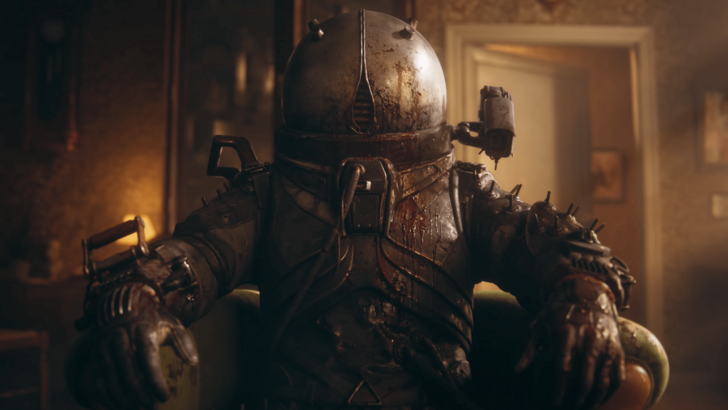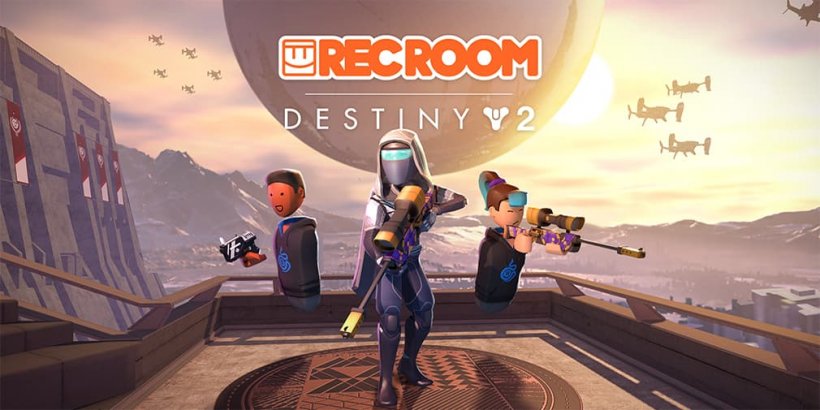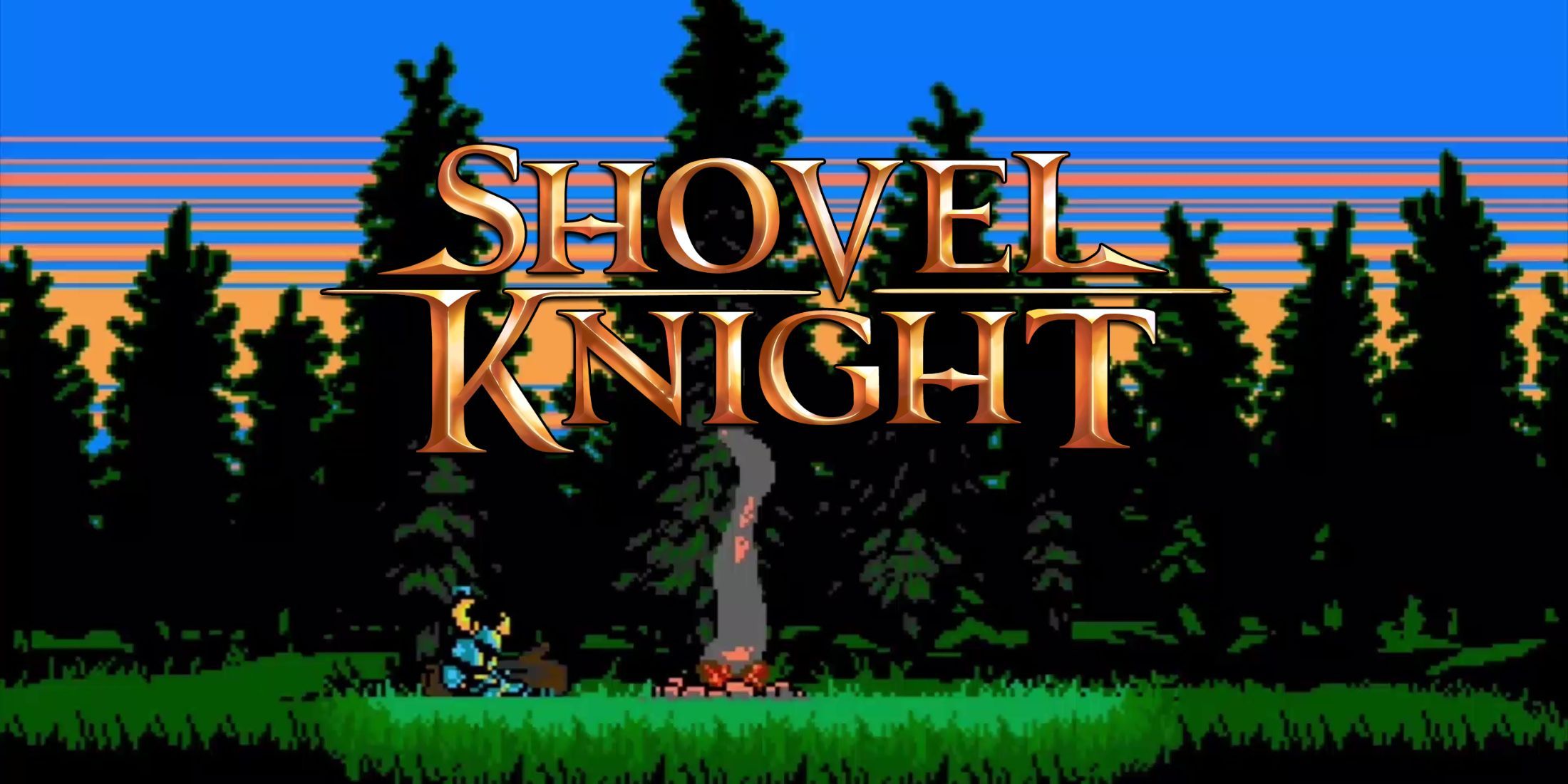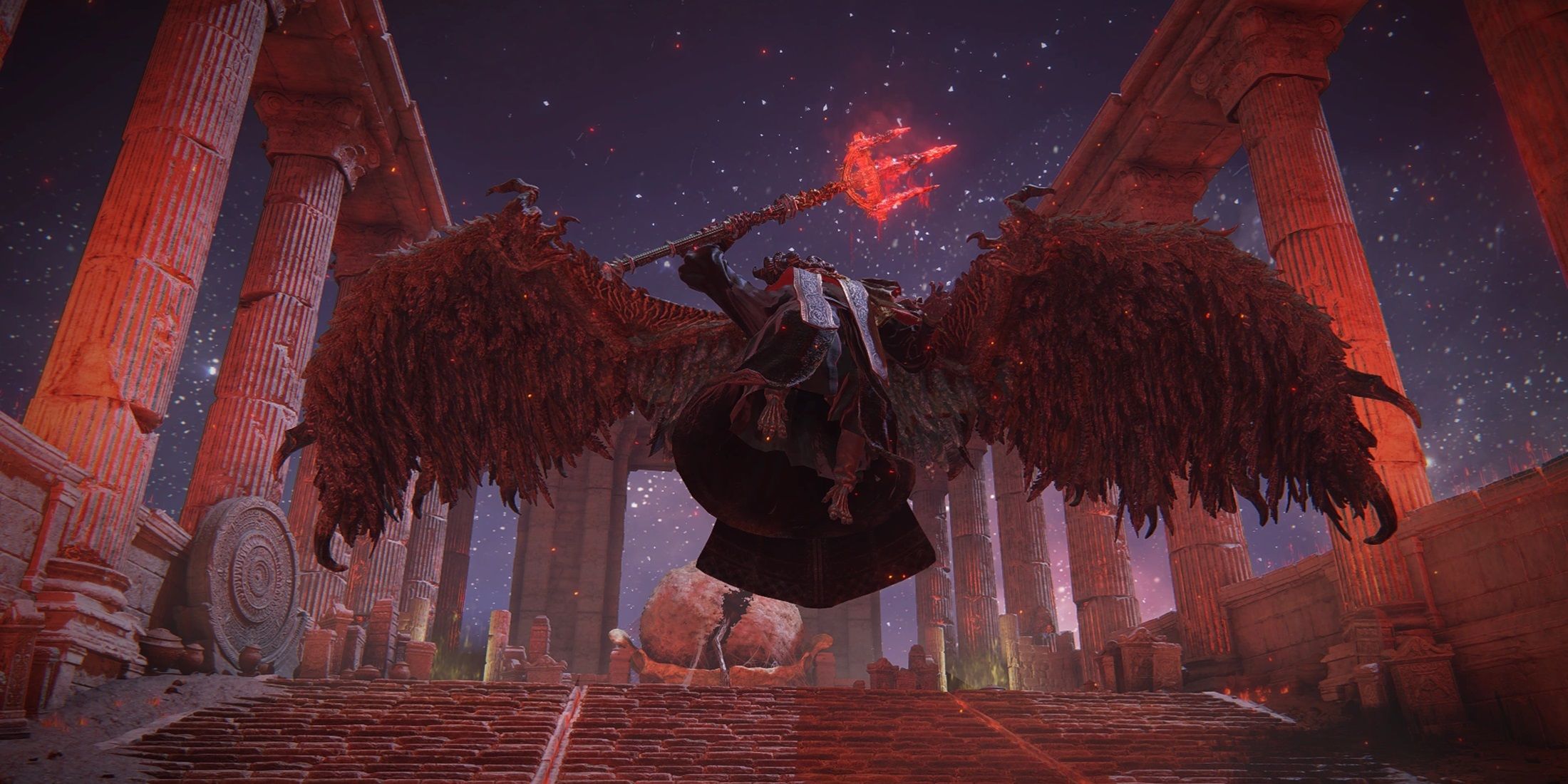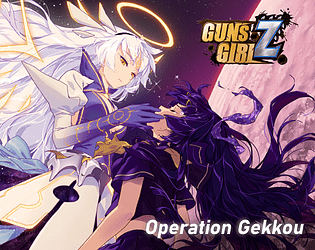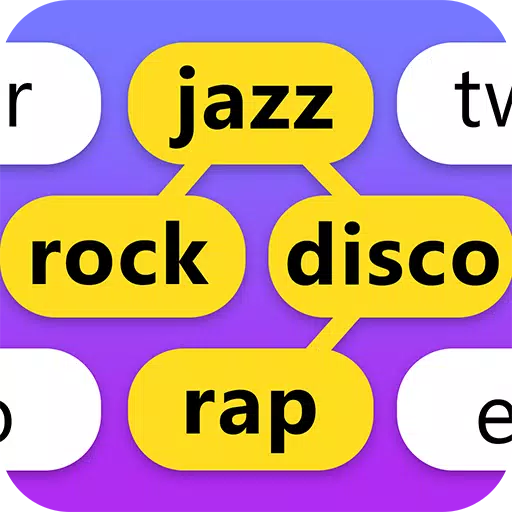The PlayStation Store and Nintendo eShop are experiencing an influx of low-quality games, often described as "slop," raising concerns among users. These games, frequently simulation titles, utilize generative AI for misleading marketing materials and often bear striking similarities, crowding out higher-quality releases. This issue, initially prominent on the eShop, has recently spread to the PlayStation Store, particularly impacting the "Games to Wishlist" section.
The problem extends beyond simple "bad" games; it's a deluge of near-identical titles, perpetually discounted, often mimicking popular games' themes or names. Their visuals and screenshots heavily rely on generative AI, misrepresenting the actual gameplay experience, which is typically characterized by poor controls, technical issues, and a lack of engaging content. A small number of companies appear responsible for this mass production, making them difficult to identify and hold accountable due to limited public information and frequent name changes.
Users are demanding stricter storefront regulation, particularly given the eShop's declining performance. To understand the situation, this investigation explores the game release processes across Steam, Xbox, PlayStation, and Nintendo Switch.
The Certification Process
Interviews with eight game development and publishing professionals (all requesting anonymity) revealed insights into the game release process. Generally, developers pitch their games to platform holders (Nintendo, Sony, Microsoft, or Valve), gaining access to development portals and devkits (for consoles). They then complete forms detailing game specifics and undergo certification ("cert"), where the platform holder verifies compliance with technical requirements, legal standards, and ESRB ratings. Age ratings are particularly scrutinized.
Contrary to popular belief, certification isn't a QA check; developers are responsible for pre-submission quality assurance. Platforms primarily ensure code compatibility with hardware specifications. Feedback on submission failures is often limited to error codes, with Nintendo cited as particularly opaque in its rejections.
Store Page Review
Platform holders require accurate game representation in screenshots, but enforcement varies. Reviews primarily focus on avoiding conflicting imagery and ensuring correct language. While Nintendo and Xbox review all store page changes, PlayStation performs a single check near launch, and Valve only reviews the initial submission.
Diligence in verifying the accuracy of store page information against the actual game is inconsistent, often relying on developers' self-reporting. Consequences for misleading screenshots usually involve removal of the offending content, with the possibility of delisting or developer removal in severe cases. None of the console storefronts have specific rules regarding generative AI use in games or marketing materials, although Steam requests disclosure.
Why the Disparity?
The difference in "slop" prevalence across platforms stems from variations in their approval processes. Microsoft vets games individually, while Nintendo, Sony, and Valve approve developers, allowing easier mass releases once approved. This makes Xbox less susceptible to the influx of low-quality games. Nintendo's developer-based approval is seen as particularly vulnerable to exploitation. Some developers exploit the system by repeatedly releasing similar bundles to maintain high visibility on sales and new releases pages. PlayStation's "Games to Wishlist" sorting by release date exacerbates the problem by highlighting upcoming games with vague release windows.
Steam, while potentially having the most "slop," avoids significant user backlash due to its robust search and filtering options and constantly updating new releases section. Nintendo's eShop, however, presents all new releases in an unfiltered manner.
The Path Forward
Users are urging Nintendo and Sony to address the issue, but responses from the companies remain pending. Developers express pessimism regarding Nintendo's willingness to improve, although they note that the web browser version of the eShop is significantly better than the console app. Sony has taken action against similar issues in the past, suggesting potential future intervention.
However, overly aggressive filtering, as demonstrated by Nintendo Life's "Better eShop" project, risks unfairly penalizing legitimate games. Concerns exist that stringent regulation might unintentionally target quality software. Developers emphasize that platform holders are ultimately individuals trying to balance allowing diverse games while preventing deliberate scams. The challenge lies in effectively distinguishing between genuinely bad games, asset flips, and AI-generated content.
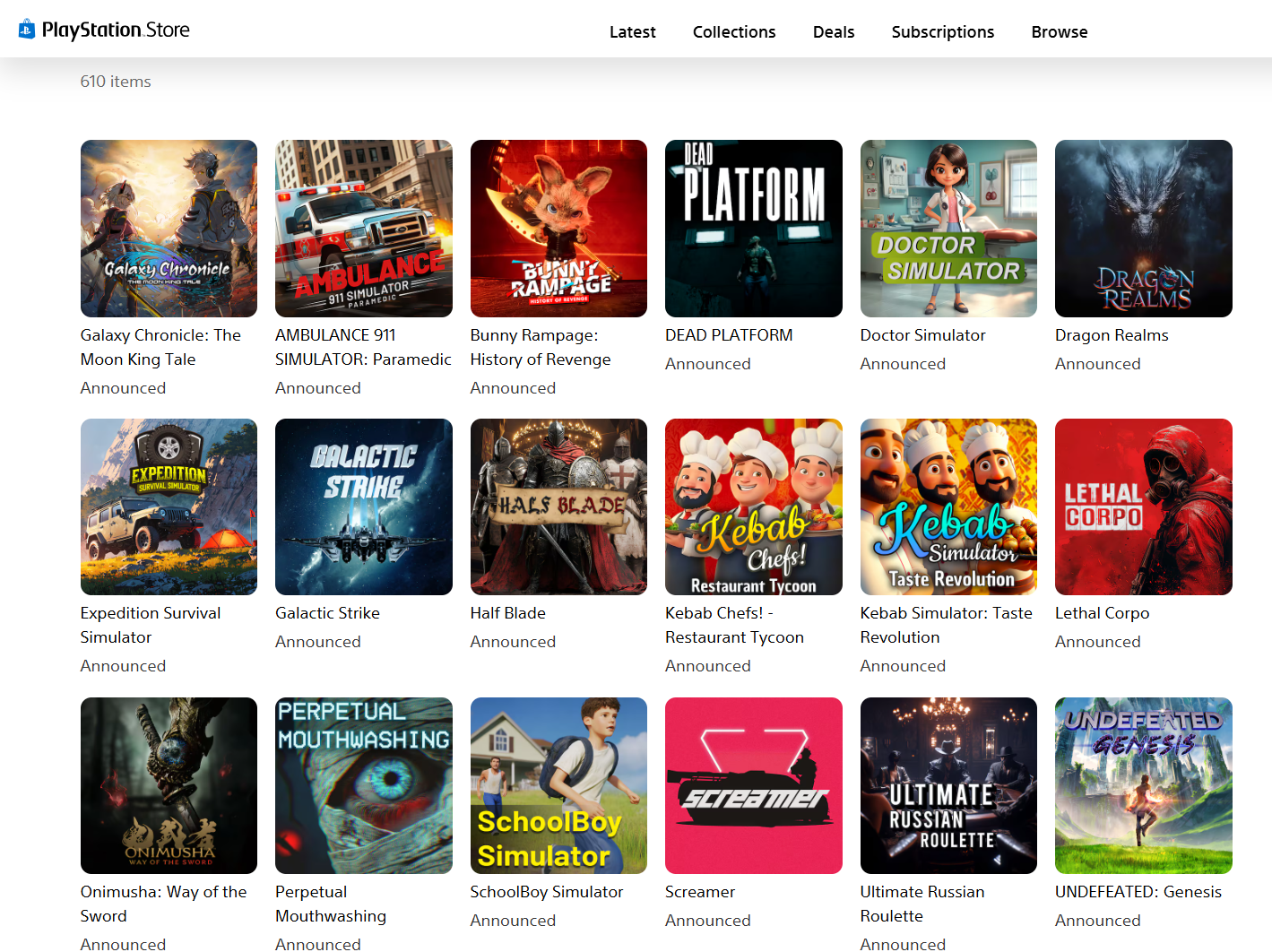
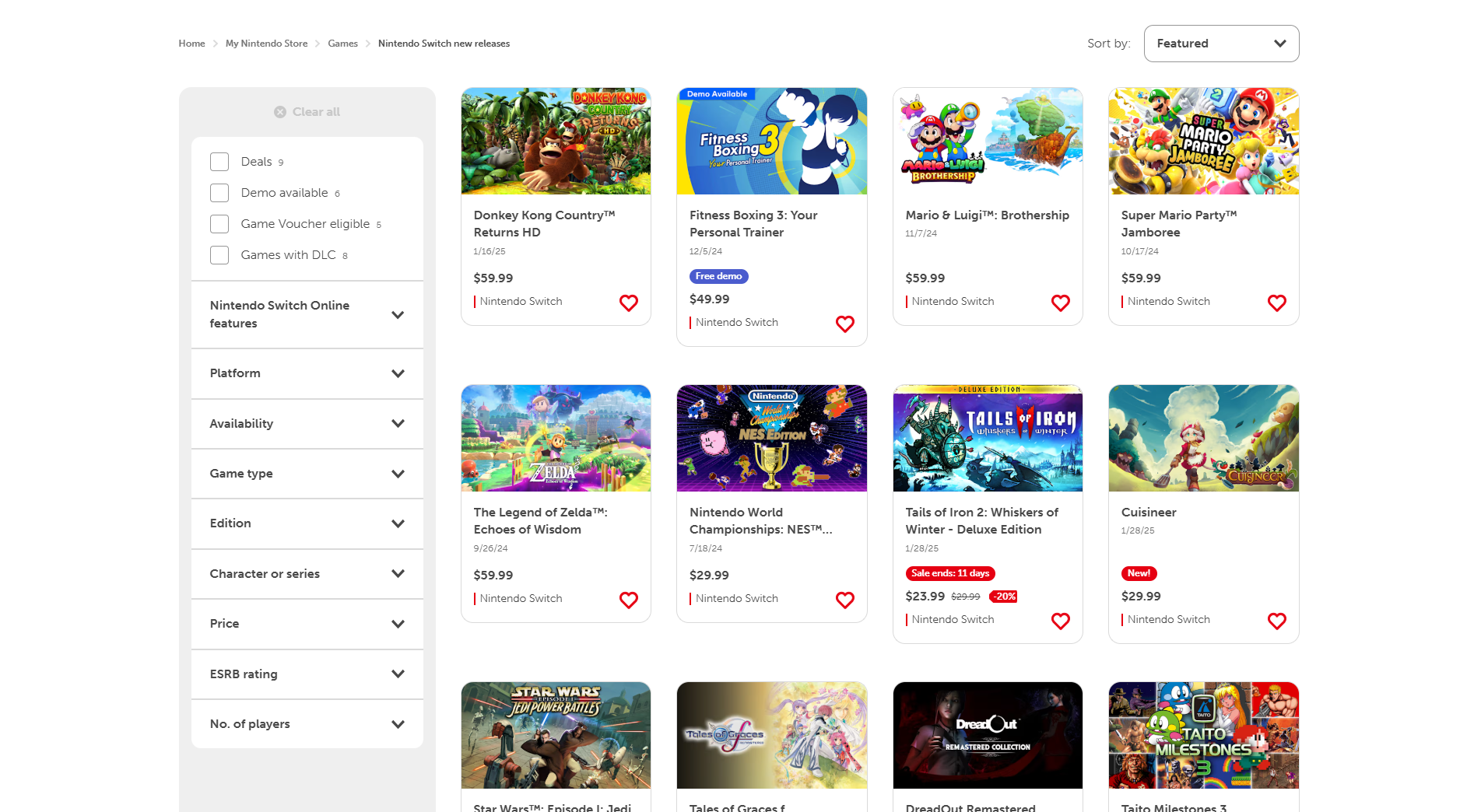

 Latest Downloads
Latest Downloads
 Downlaod
Downlaod
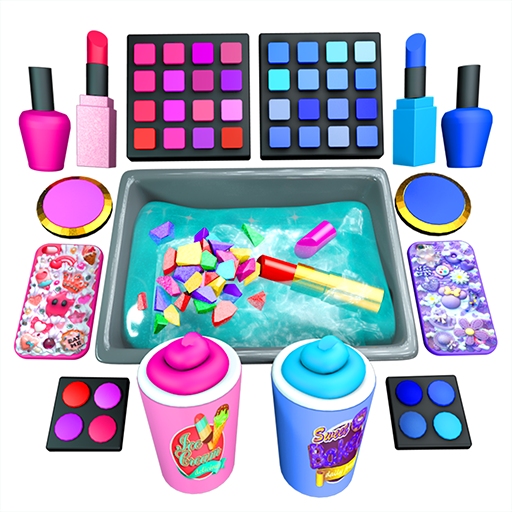
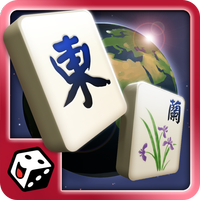


 Top News
Top News